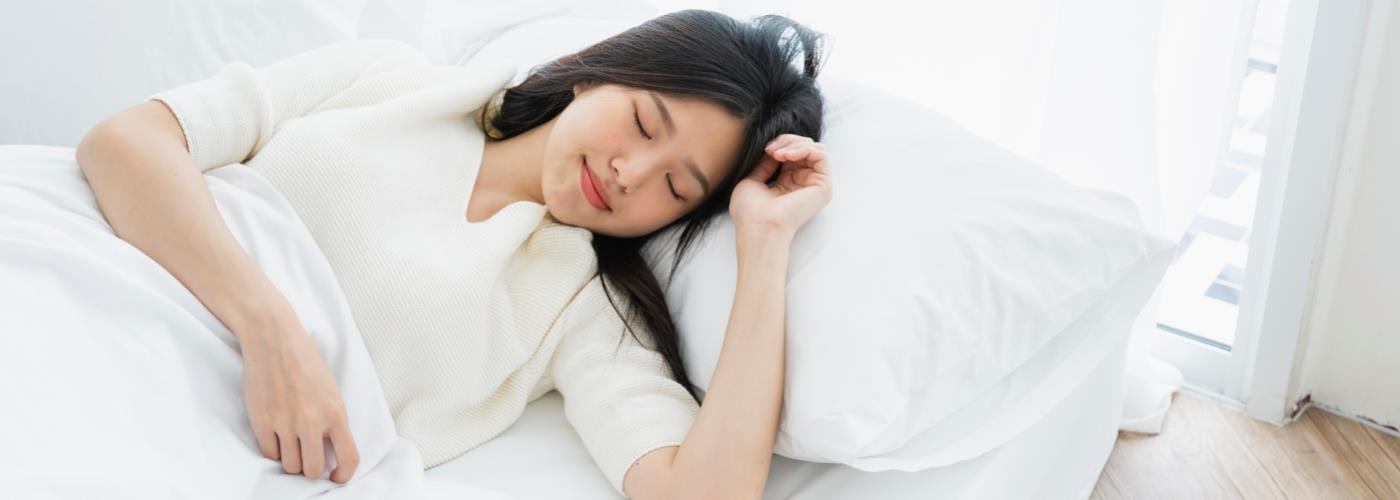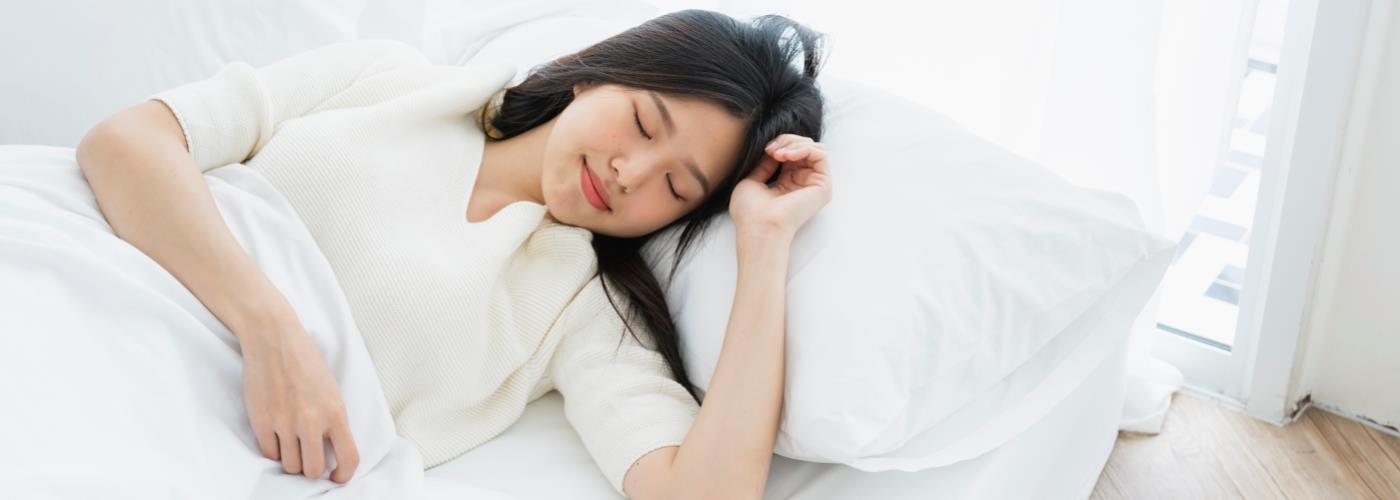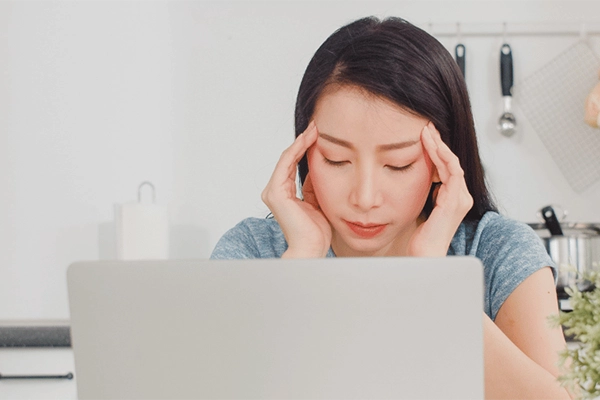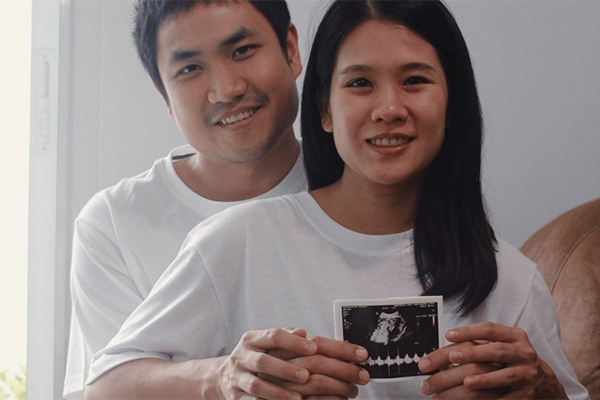Topics
What is lower back pain?
Low back pain is relatively prevalent. More than 80% of people experience low back pain at least once in their lifetime.
Low back pain is typically classified as "acute" (lasting four weeks or less), "subacute" (lasting four to 12 weeks), or "chronic" (lasting more than 12 weeks). While the majority of cases of acute pain recover quickly, some individuals may experience chronic pain.
What causes lower back pain?
Sometimes the causes of back pain can be unclear. Although back pain does not typically indicate a serious medical condition and usually resolves on its own, it can be unpleasant when it interferes with everyday routines.
Some common causes are:
- Muscle spasms and strains
- Ligament ruptures or sprains
- Degenerative disc disease due to normal wear and tear as you age
- Trauma to the back
- Disc bulging or slipped disc
- Sciatica (trapped nerve)
- Osteoarthritis
- Spondylolisthesis
- Osteoporosis, causing the bone to be porous and easily fractured
- Ankylosing spondylitis
- Occupational back pain: Improper lifting, sitting at the desk all day with poor posture or lack of back support or driving all-day
- Tumours (cancerous or non-cancerous)
- Inflammation
What are the risk factors for lower back pain?
- Age: Typically occurs between the ages of 30 and 50
- Weight gain: Being obese or overweight can put stress on your back and cause pain
- Genetics
- Sleeping positions
- Lack of exercise
- Mental health: Depression and anxiety can influence back pain
- Smoking
- Backpack overload of children: Heavy backpacks can strain the back
What are the treatment options for lower back pain?
Even if there is a bulging or herniated disc, most acute cases of acute back pain resolve fairly quickly.
Many worry that being active exacerbates their back injury or delays their recovery. Nevertheless, staying as active as possible is one of the best things you can do for your back.
If your back pain is severe, you may need to rest your back for a day or two, but prolonged bed rest is not advised. Continue doing your regular daily activities and light exercises, including walking.
If your back pain does not improve, your doctor may prescribe analgesics or medications to relax your back muscles. If your pain does not improve after a few weeks, your doctor may offer alternative therapies.
These include:
- Physiotherapy: Specific exercises help to reduce lower back pain by relieving muscle tension. In addition, physiotherapy effectively strengthens the muscles in the lower back.
- Surgical intervention: Only a fraction of individuals with low back pain will need surgery.
How does lower back pain affect sleep?
Lower back pain and sleep have a complex relationship. Pain can interrupt sleep, and sleep deprivation might increase the likelihood of experiencing pain.
Moreover, a sleeping position or mattress that does not adequately support the lumbar spine may cause or exacerbate lower back pain.
What are the best sleeping positions for lower back pain?
Quality sleep is essential for overall health and well-being, and it plays a crucial role in the prevention and management of back pain. When you have back problems, it is essential to know how to sleep properly to reduce pain and promote healing and recovery.
Here are some tips to help you sleep better when you have back problems:
-
Sleeping on the side with a pillow between the knees
Keeping a pillow between the knees can help align your hips, pelvis, and spine, reducing pressure on your lower back.
-
Sleeping on your back with a pillow under your knees
This position can also help align your spine and reduce pressure on your lower back.
-
Sleeping on your stomach with a pillow under your abdomen
This position can help reduce pressure on your lower back, but it is not recommended for people with certain conditions like herniated discs.
What is the worst sleeping position for lower back pain?
Sleeping on your stomach can cause your spine to arch and strain your lower back muscles and vertebrae.
Make an appointment at Pantai Hospitals
The best sleeping position for lower back pain may vary based on the individual's condition and preferences. Talking to your doctor or a physiotherapist for advice on the best sleeping position for lower back pain is always a good idea.
A dedicated and expert team of Orthopaedic specialists at Pantai Hospital is available for consultation to provide the best care possible.
Get in touch with us to book an appointment today if you have any concerns or questions about lower back pain diagnosis and treatment options.
Pantai Hospitals have been accredited by the Malaysian Society for Quality in Health (MSQH) for its commitment to patient safety and service quality.













